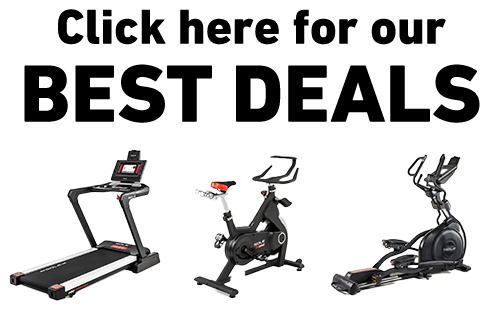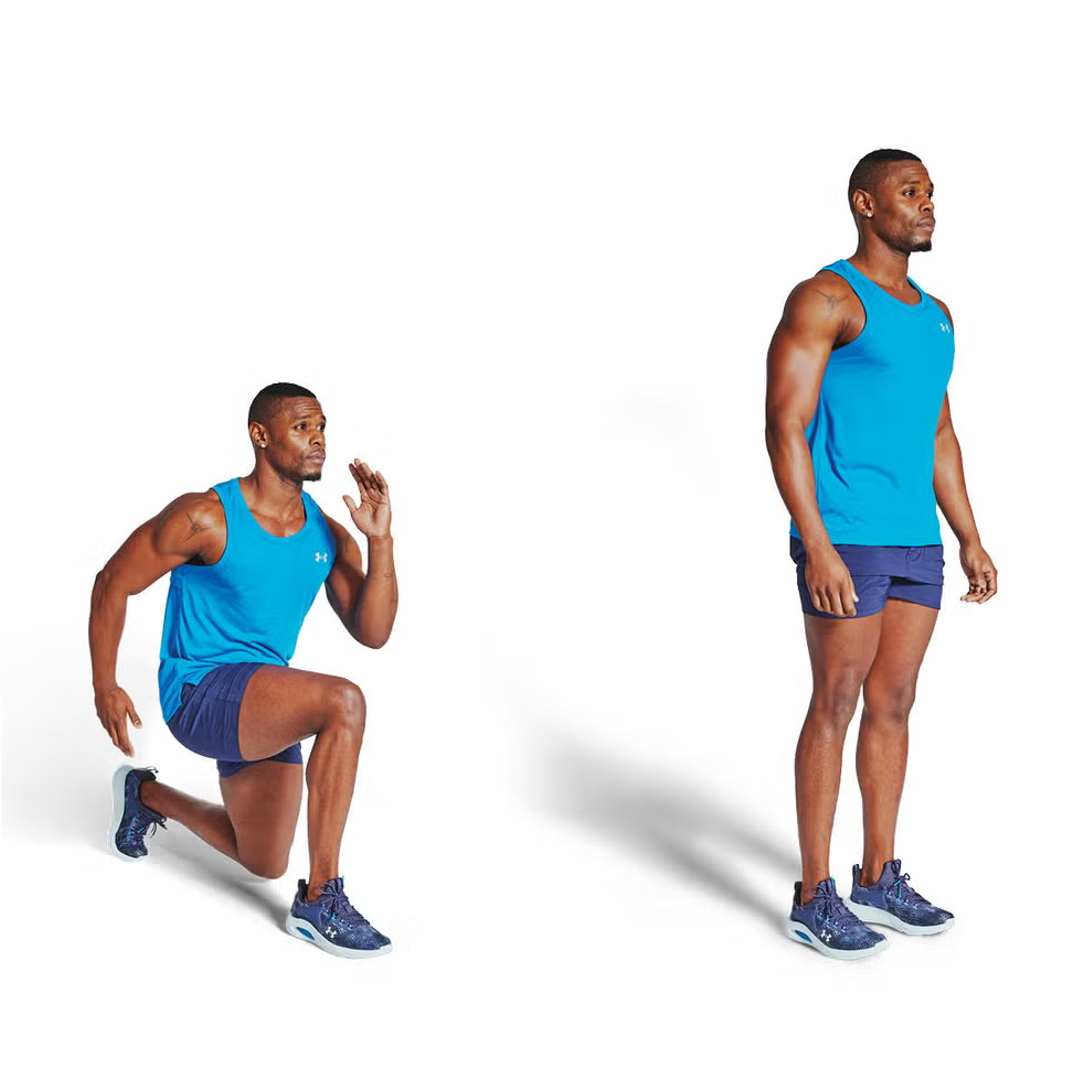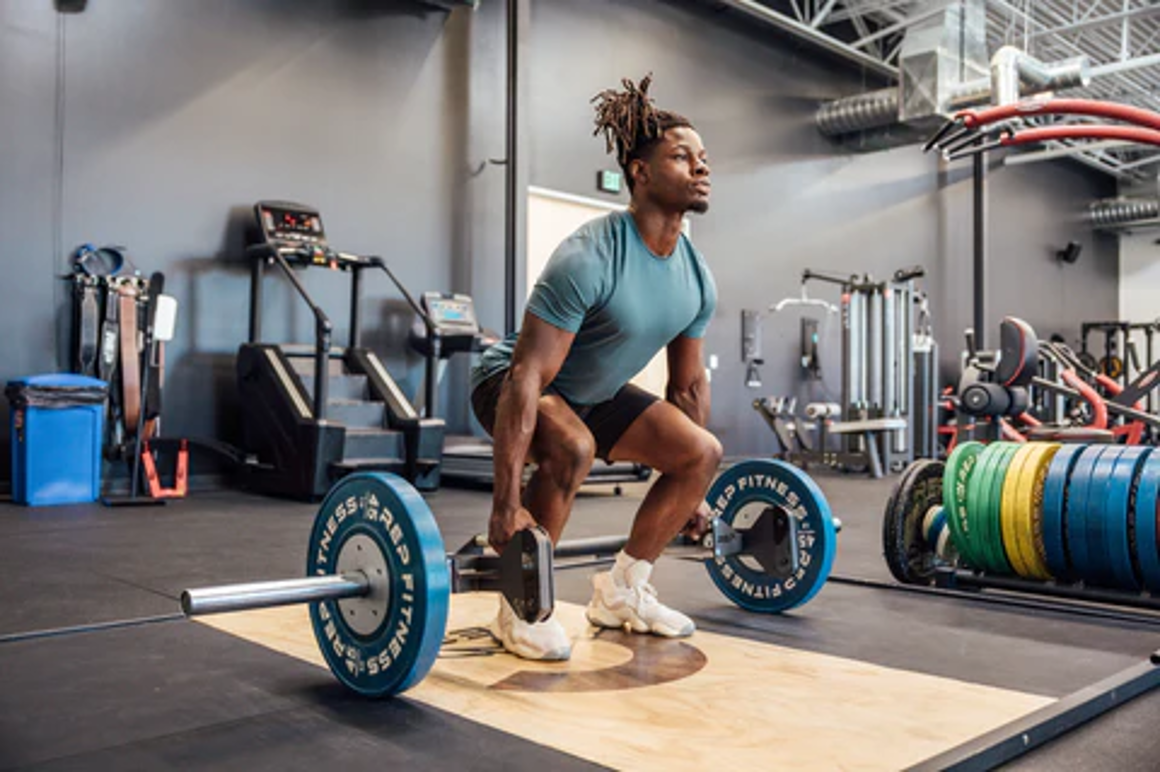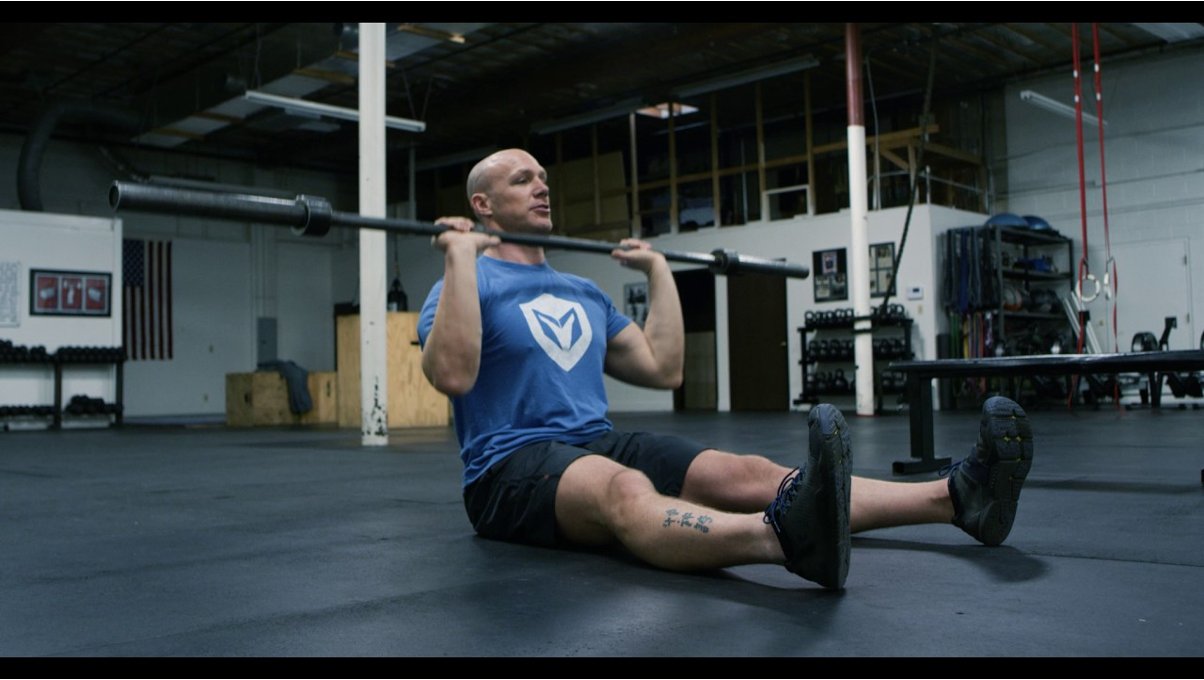Key Takeaways
- Reverse lunges work your glutes and hamstrings harder and are way easier on your knees than forward lunges.
- Forward lunges hit your quads harder and challenge your core more, which makes them great for athletic training.
- Pick your lunge based on your goals and if your knees can handle it.
- Good form beats everything else. Do them right or don't do them at all.
- SOLE adjustable dumbbells provide perfect progressive loading for both lunge variation.
Why Lunge Direction Matters
Lunge direction totally changes how force moves through your body. Step forward into a traditional lunge, and you create momentum that your front leg has to stop and control. That forward motion puts different demands on your muscles and joints than stepping backward does.
Here's what changes:
- Forward lunges blast your quads and teach you to decelerate
- Reverse lunges fire up your glutes and hamstrings more
- Your knees take different amounts of stress
- The balance challenge is totally different
The cool thing about having both options is you can pick what works best right now. Athletes who need to practice stopping quickly might prefer forward lunges since they're more sport-specific. Someone with cranky knees who still wants strong legs? Reverse lunges usually feel way better.
|
At SOLE, we're proud to offer top-quality exercise equipment designed for home and gym use. Our machines are built to meet the highest standards of durability and performance, making them ideal for fitness enthusiasts at any level. SOLE Products
|
Forward Lunge Benefits
Forward lunges mimic a lot of movements you do every day and in sports, which makes them super functional. (Image courtesy of WorkoutHealthy LLC)
Quad Activation
Forward lunges are all about the quads, especially the middle part (rectus femoris if you want to get fancy). When you step forward, your front leg's quads work hard to control your drop and push you back up. If you want bigger, stronger quads, forward lunges deliver when you do them regularly.
Core Engagement
Forward lunges create instability that forces your core to work hard. As your back heel lifts during the move, your body has to fight to stay balanced. Your core muscles have to fire constantly to keep you from tipping over. This builds functional core strength that actually helps in real life.
A lot of trainers think forward lunges beat reverse lunges for core work because of this instability. Your deep core muscles, obliques, and everything else has to work the whole time to keep you aligned.
Athletic Performance
It teaches you to decelerate; basically, how to control your body when you're moving forward and need to stop. This skill matters big time for sports that need quick stops, cuts, or direction changes. Basketball, tennis, and soccer players especially benefit from the stopping power that forward lunges build.
Forward Lunge Drawbacks
Knee Stress
Forward lunges put a lot of stress on the front of your knee, which can make existing knee problems worse. When you step forward, it's easy to let your front knee drift too far forward past your toes. This creates shear forces that can irritate your patellar tendon and maybe lead to tendinitis if you keep doing it.
The deceleration part also increases pressure in the knee joint. If you've had knee pain, meniscus issues, or kneecap tracking problems, these forces can quickly become a problem, even if your form looks good.
Balance Challenges
The forward momentum makes forward lunges less stable than reverse lunges. This instability can help athletic training but makes things harder for beginners or people with balance problems. Lots of people find it harder to stay aligned when stepping forward, which can mess up their form and make the exercise less effective.
Reverse Lunge Benefits
Reverse lunges give you a joint-friendly option that still builds serious strength and muscle. For many people, stepping backward creates a more controlled way to learn good lunge form. (Image courtesy of Women’s Health)
Glute Emphasis
Reverse lunges hit your glutes harder, especially the gluteus maximus (your main butt muscle). The backward step creates a hip-dominant movement that fires up your posterior chain better than forward lunges. If you want stronger, better-looking glutes, reverse lunges are your friend.
Your body position during reverse lunges lets you drop deeper into hip flexion at the bottom. This bigger range of motion in your hips makes your glutes work even harder when you do them consistently.
Hamstring Development
Along with better glute work, reverse lunges also hit your hamstrings more. The backward step makes your hamstrings work harder to control the movement, which creates better balance between your quads and hamstrings. This balance matters for preventing common knee injuries that happen when your quads overpower your hamstrings.
Knee-Friendly
The biggest win with reverse lunges is that they're much nicer to your knees. When you step backward, you have better control over your front knee position. It's easier to keep it lined up over your ankle instead of letting it drift forward past your toes. This position cuts way down on shear forces in your knee joint.
Less momentum also means less deceleration stress on your knees. If you have knee pain or old injuries, reverse lunges often let you keep training legs without making things worse.
Stability Advantage
Reverse lunges are more stable than forward lunges. Your center of gravity doesn't shift as much when you step backward, so balance is easier. Your front foot stays planted the whole time, which gives you a solid base to work from. This stability lets you focus on working the right muscles instead of just trying not to fall over.
Reverse Lunge Drawbacks
Less Core Work
Because reverse lunges are more stable, they don't challenge your core as much as forward lunges. That planted front foot gives you a stable base, so your core muscles don't have to work as hard to keep you balanced. If core strength is a big goal, you might need to add other core exercises to make up for it.
Coordination Issues
Stepping backward feels unnatural to lots of people since we rarely move backward in real life. This unfamiliar pattern can make coordination tricky, especially for beginners. Some people struggle to judge how far back to step and end up taking different sized steps, which makes the exercise less effective.
Muscles Worked Comparison
| Muscle Group | Forward Lunge Activation | Reverse Lunge Activation |
|---|---|---|
| Quadriceps | High | Moderate |
| Glutes | Moderate | High |
| Hamstrings | Low-Moderate | Moderate-High |
| Calves | Moderate | Moderate |
| Core | High | Moderate |
This difference in muscle work explains why smart trainers use both types in a good leg program. Using both forward and reverse lunges makes sure all your leg muscles develop evenly and prevents overloading specific joints.
When To Choose Each
Fitness Goals
Your goals should drive which lunge gets more attention in your workouts. Forward lunges rock for athletes who need speed, agility, and explosive power since they copy sport movements better and train deceleration. The extra quad work also makes forward lunges perfect if you want more visible muscle definition in the front of your thighs.
Experience Level
Beginners usually do better with reverse lunges since they're more stable and easier on the knees. The backward step gives you better control and balance, so it's easier to keep good form while you learn. This makes reverse lunges a smart starting point if you're new to lunges.
Once you get good at them, you can use both types to prevent plateaus and keep challenging your legs in different ways. As you get stronger, try walking lunges, lateral lunges, or curtsy lunges for complete leg development.
Injury Considerations
Your injury history should heavily influence which lunge you pick. If you have knee issues now or in the past, especially patellar tendinitis, meniscus tears, or kneecap pain, start with reverse lunges. The reduced forward knee movement puts way less stress on these sensitive areas while still making your legs stronger.
Got tight hip flexors or limited hip mobility? You might like reverse lunges better since they don't need as much hip flexor length in your back leg. But if your ankles don't bend well, forward lunges might work better since they don't need as much ankle flexibility in your working leg.
People with back problems should be careful with both but often find reverse lunges easier. The better stability and more upright body position of reverse lunges usually creates less stress on your lower back than forward lunges, where you tend to lean forward more.
Always pick pain-free movement over doing any specific exercise. If either lunge hurts despite fixing your form, try other leg exercises like step-ups, split squats, or hip thrusts that might work better for your body.
Perfect Your Lunges with SOLE's Smart Strength Solutions
If you're team reverse lunge or forward lunge, SOLE's versatile equipment adapts to your needs.
Choosing between reverse and forward lunges is like picking between coffee and tea: they're both great, just different. What really matters is having the right equipment to make either variation work for you.
The SW180 Adjustable Dumbbells are lunge game-changers. Starting with bodyweight lunges? Perfect. Ready to add 10 pounds? Just turn the dial. Need to go lighter on your weaker leg? Adjust in seconds. This flexibility is huge because most people find they can handle different weights for forward versus reverse lunges, and SOLE's system lets you customize without buying a whole rack of dumbbells.
For those knee-friendly reverse lunges, the SOLE Equipment Mat provides crucial stability. Its non-slip surface keeps your planted front foot secure while you step back, letting you focus on that glute squeeze instead of worrying about sliding. The cushioning also protects your back knee when it kisses the ground at the bottom of each rep.
Want to take your lunges to the next level? The SW111 Olympic Barbell opens up front-rack and back-rack lunge variations. The balanced weight distribution keeps the bar stable across your shoulders during walking lunges, while the knurled grip ensures security during front-rack reverse lunges. This progression from dumbbells to barbell lets you continuously challenge your legs as you get stronger.
The SOLE+ App includes lunge-focused lower body workouts that teach proper form for both variations. You'll learn when to use each type based on your goals, plus progressions that keep you challenged if you're nursing cranky knees or training for athletic performance.
The best lunge is the one you'll actually do with good form. SOLE equipment gives you options to work around limitations while building serious leg strength.
Frequently Asked Questions (FAQs)
Which lunge is better for knee pain?
Reverse lunges usually work better if your knees hurt. The backward step reduces forward knee movement and cuts down on shear forces in your knee joint. With reverse lunges, you can control your front knee position better, keeping it over your ankle instead of letting it drift forward past your toes.
That said, you still need good form with reverse lunges to get their knee-friendly benefits. Keep your weight mostly in your front heel, stay upright, and make sure your knee tracks over your second toe the whole time.
If your knees keep hurting with any lunge despite fixing your form, see a physical therapist who can check your individual mechanics and give you personalized advice.
Can I do lunges every day?
You could, but it's not ideal for most people. Your muscles need time to recover and grow after strength training. A better plan is to do lunges 2–3 times per week with at least 48 hours between sessions that work the same muscles. This recovery time lets your muscles repair and grow while reducing injury risk from overuse.
Should I use weights with lunges?
Once you've got proper lunge form with just bodyweight, adding weights can increase the challenge for continued strength and muscle gains. Start with light dumbbells held at your sides before moving to heavier weights or harder positions like front rack or overhead.
The key is making sure extra weight doesn't wreck your form. If you start leaning forward too much, your knee alignment changes, or you can't go as deep, use less weight until you can do it right.
How many lunges should beginners do?
Beginners should start with 2–3 sets of 8–10 reps per leg, focusing on good form over doing a ton of reps. Quality always beats quantity, especially when learning new moves. As you get stronger and more stable with better technique, work up to 3–4 sets of 10–12 reps per leg.
Start with just one or two lunge types before adding more complex versions. A common beginner mistake is trying too many variations before nailing the basics, which increases injury risk and makes the exercise less effective.
Listen to your body and progress at a pace that challenges you without making you super sore or ruining your form. Consistent, gradual progress gives better long-term results than doing too much too fast.
Which SOLE equipment is best for someone with knee issues wanting to do lunges?
If your knees are cranky, you'll want the SW155 or SW180 Adjustable Dumbbells for reverse lunges specifically. Holding dumbbells at your sides (called a suitcase carry position) lets you stay more upright than a barbell on your back, which naturally reduces forward knee travel. The adjustable weights mean you can start super light while you nail the movement pattern, then gradually increase as your knees adapt.
The SOLE Equipment Mat is also clutch for knee-friendly lunges because it cushions that back knee when it touches down and gives you a stable, non-slip surface for your front foot. Many people with knee issues find they can do pain-free reverse lunges with dumbbells who can't do any other leg exercise comfortably. Start with just the handles if needed; even 10–15 pounds per side challenges your legs when you focus on control and full range of motion.







Leave a comment
This site is protected by hCaptcha and the hCaptcha Privacy Policy and Terms of Service apply.